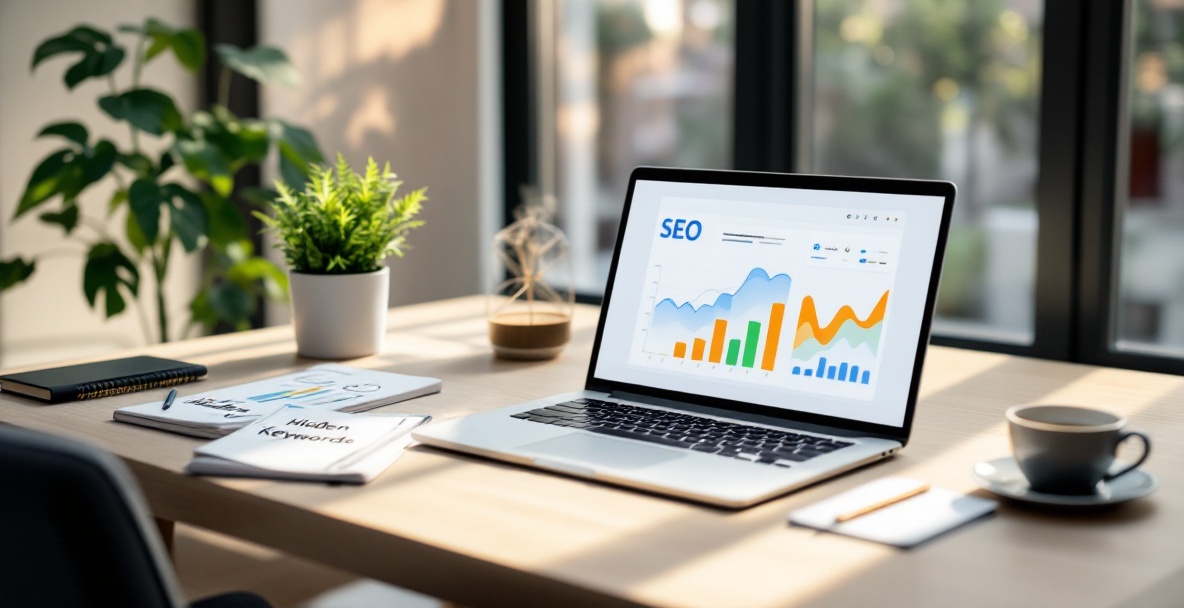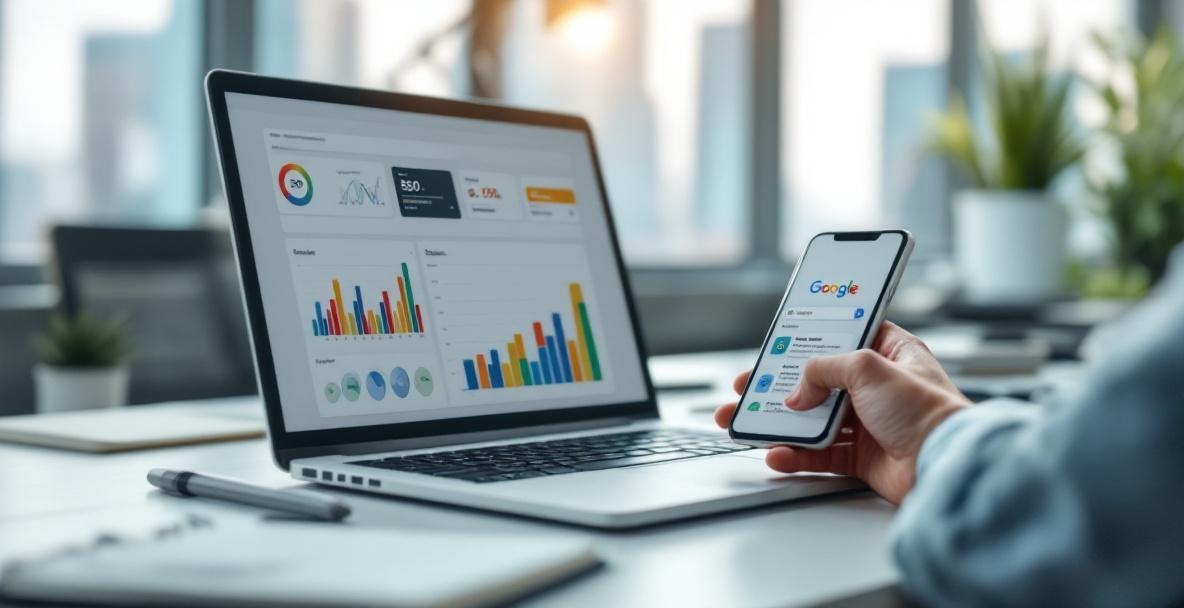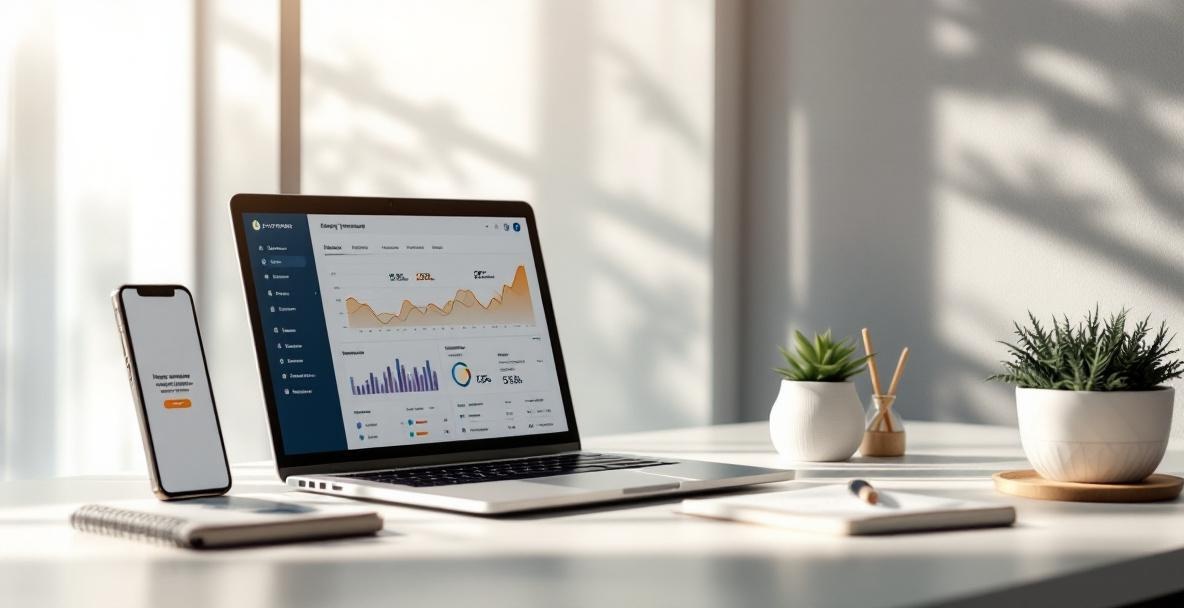Picture a visitor landing on your page and then leaving without clicking on anything else. When that happens, your bounce rate goes up and you might worry about the quality of your content and user experience. At SeoFlow, we know that a high bounce rate can hurt your search rankings and conversion chances. Some visitors may leave quickly, but a steady high bounce rate usually means there are issues that need fixing. Let's jump into some practical tips that keep visitors engaged and help lower those bounces effectively.
Why Your Bounce Matters

Your bounce rate tells you what percentage of visitors leave your site without exploring another page. This single-page session metric gives you a clear measure of whether your content is connecting with your readers. Although bounce rates can vary by industry and content type (for instance, blogs usually see higher figures than e-commerce sites), they still offer key insights into the effectiveness of your pages.
What Does Bounce Rate Mean?
Bounce rate is all about context. If someone finds your contact page, gets the info they need, and then leaves, that can be perfectly fine. However, for landing pages meant to drive conversions, a high bounce rate might signal issues with your content, user friendliness, or audience targeting. The math is simple – if 100 people visit and 65 leave without clicking around, your bounce rate is 65%. Generally, rates below 70% for content sites and under 40% for e-commerce are seen as acceptable, though it always depends on your specific goals.
When Bounce Rates Hurt Your Site
A high bounce rate can affect your business in many ways. Search engines could interpret a high bounce rate as a sign that your page does not match visitor needs, resulting in lower rankings. For pages aimed at converting visitors into customers, every bounce is a lost opportunity. Google takes note of how long visitors stay, so pages where visitors leave quickly may be seen as less relevant. Ultimately, a high bounce rate stops people from experiencing your full content, reducing the chance to build your brand and increase engagement.
Creating Content That Keeps Them Hooked
Even the most attractive design won't do the job if your content fails to grab attention from the very start. Your words need to pull readers in and offer real, useful information if you want them to stick around and explore more.
Understand Who You Are Talking To
The first step in creating compelling content is getting to know your audience. Think about the challenges your readers face and the questions they ask. Build a picture of your ideal visitor with details like their interests and pain points. At SeoFlow, we use smart tools to uncover what your audience is searching for so you can tailor your message accordingly. The better you understand your visitors, the more you can deliver targeted insights that keep them engaged.
Weave a Story
People naturally connect with stories. When you present your content as a journey, with a clear beginning, middle, and end, it invites readers to stick with you. Start with a hook that touches on a problem your audience is familiar with, build a bit of tension by exploring the stakes, and then offer a solution that resolves the issue. Using real-life examples or personal anecdotes can make your content even more relatable and encourage readers to follow the story through to the end.
Boosting the Visitor Experience
No matter how good your content is, if your website is hard to use, visitors will leave. The overall look, speed, and structure of your site all play huge roles in keeping readers on your page longer.
Give Your Site a Speed Boost
A slow-loading site can immediately put off visitors. Studies show that even a delay of more than three seconds can lead to a quick exit. Compressing images without losing quality, reducing the number of server requests by combining files, and making use of lazy loading and browser caching are all good ways to speed things up. Fast-loading pages create immediate value by ensuring visitors get the content they want without unnecessary waiting, and this is especially critical on mobile devices.
Make It Work on Phones
Since many readers use their phones, a mobile-friendly site is a must. Your website should look good and work smoothly on every device, with buttons easy to tap and text that reads without zooming in. Think about how a mobile user navigates your content – clear navigation and logical page layouts can make a huge difference. Regular tests on different devices help catch issues before they cost you visitors, ensuring a better mobile experience for everyone.
Help Visitors Find Their Way
People want to find what they need without a hassle. A simple, well-organized menu and clear internal search options help users navigate easily. Including breadcrumb links lets your visitors know where they are and how to get back if needed. Thoughtfully placed internal links not only guide readers deeper into your site but also connect related ideas throughout your content. A site that feels easy to move around will encourage readers to dive into more of your rich, engaging content.
Add Visuals and Interactive Elements
Visuals can transform a plain page into an engaging experience. When used right, pictures and videos capture attention and help clarify complex ideas quickly.
Use Striking Images and Quick Videos
Opt for images that are directly related to your content and spark curiosity. Original photos or custom graphics tend to perform better than overused stock images. Videos can also keep visitors engaged; when used effectively, they boost the time people spend on your page. Keep these videos short and to the point, and make sure they deliver immediate clarity to your message. Infographics turn complicated data into a digestible format that catches the eye and reinforces key points.
Let Your Visitors Interact
Interactive elements let your audience participate in your content instead of just reading passively. Instead of overwhelming them with lists, try adding a short quiz or a simple interactive chart that invites a bit of exploration. These small touches not only invite engagement but also provide tangible benefits to your readers by offering them personalized insights. Even features like a collapsible FAQ section can make your page more dynamic and lower the likelihood of visitors bouncing away.
Keep an Eye on Your Metrics
Monitoring your site is essential for understanding what works and what needs a tweak. Bounce rate improvement is a continuous process that demands regular attention and willingness to adjust based on feedback and data.
Check Your Analytics
Tools such as Google Analytics provide a strong starting point for seeing how visitors behave on your site. Look at your reports to understand which pages lose visitors and where improvements are needed. Complement these insights with tools like Hotjar or Crazy Egg that show you visually where users click and how far they scroll. This kind of data-backed analysis will help you pinpoint exactly where to make changes.
Test and Tweak Regularly
Before you decide on major changes, try A/B testing different elements like headlines or call-to-action buttons. Testing one thing at a time allows you to see what makes a significant difference in keeping visitors on your site. Even small, well-measured tweaks can add up over time, so make adjustments based on real user behavior. Learning from these tests ensures your site continues to perform well as trends and visitor expectations evolve.
Experts at Square RA say that mixing smart content ideas with the right technical fixes can cut bounce rates significantly. Their studies reveal that sites with thoughtful engagement strategies sometimes see bounce rate drops of up to 25% in just a few months. Meanwhile, recent insights from AudienceX show that when visitors interact more with your site, search engines take notice, boosting your visibility in results.
Wrapping Up: Lower Bounce Rates Now
Lowering your bounce rate means combining great content with a smooth, easy-to-use site while keeping a close eye on your numbers. Start by spotting which pages lose the most visitors and work on improving those areas first. Remember, boosting your bounce rate is a marathon, not a sprint, so stay on top of trends and keep adapting to what your visitors need.
Ready to transform your bounce rates into engagement opportunities? Try SeoFlow today to create highly targeted, engaging content that keeps visitors on your site longer and guides them toward conversion. Our AI-driven platform helps you identify exactly what your audience wants and automatically generates optimized content that meets those needs – dramatically reducing bounces while increasing both rankings and conversions.




